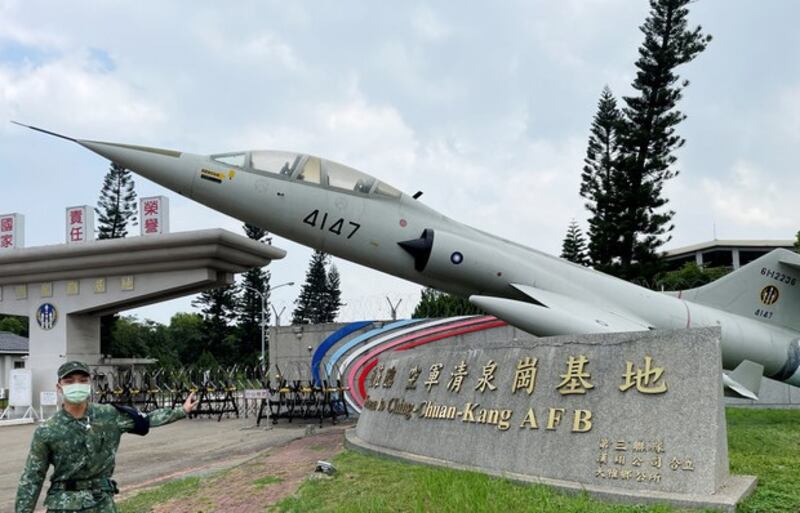Chinese balloons have been detected in Taiwan’s airspace three days in a row, according to the Ministry of National Defense (MND) in Taipei, just days before the election.
These are the first instances of Chinese balloons flying over the self-ruled island itself, and not the Taiwan Strait, announced by Taiwanese authorities. The MND only began disclosing China’s balloon incursions in December 2023 but most of them did not enter the airspace above the island.
On Jan. 13, the Taiwanese go to polls in presidential and parliamentary elections seen as vital for cross-strait relations.
In a statement on Thursday, the ministry said three balloons from China "were detected yesterday after crossing the median line of the Taiwan Strait," which serves as the de-facto boundary between Taiwan and mainland China.
The accompanying map shows one of the balloons flying into the island’s airspace at an altitude of 15,000 ft (4.57 km) before disappearing above central Taiwan in the late afternoon on Wednesday.
Before that, on Monday and Tuesday, two and four balloons were spotted crossing the median line of the Taiwan Strait, respectively. Among them, one balloon on Monday and three on Tuesday were flying over Taiwan island.
The defense ministry said the three balloons while crossing the island on Tuesday floated 105-160 nautical miles (194-296 km) southwest of Ching Chuan Kang air base in Taichung but did not provide any further details.
A ministry spokesperson, Sun Li-fang, said late last month that the military did not believe there was a connection between the balloons and the upcoming elections.
The ministry has repeatedly said that it is “closely monitoring and controlling the situation, taking appropriate measures” while dealing with Chinese air incursions.
Sixteen balloon sightings have been reported by Taiwan since Dec. 7, 2023 and five of them were crossing the airspace, according to Ben Lewis, an independent defense analyst based in Washington D.C. who has been tracking Chinese military movements.
“This is definitely an extremely provocative move,” Lewis said. “I’m operating under the assumption that they are not Chinese military balloons until the MND confirms otherwise, but it’s definitely concerning.”

A test for Taiwan
Another analyst said the balloons “might be a test” for Taiwan’s reaction.
“It could also be a gray zone activity,” said Jyh-Shyang Sheu, assistant research fellow at Taiwan’s Institute for National Defense and Security Research (INDSR).
Gray zone activities are not explicit acts of war but can be harmful to a nation’s security.
Most of the detected balloons were flying at a relatively low altitude and deemed “less sensitive” than the balloon detected in the United States in early 2023, according to the Taiwanese analyst.
In the so-called “2023 Chinese balloon incident,” the Pentagon said that a Chinese high-altitude balloon was flying for days over the continental U.S. before being shot down by a stealth F-22 Raptor fighter jet in the Atlantic Ocean on Feb. 4.
U.S. authorities said it was a high-altitude surveillance platform the size of a school bus but China said it was a weather balloon that was blown off course.
The incident prompted U.S. Secretary of State Antony Blinken to postpone a planned visit to China and marked a further dip in the already problematic relations between Washington and Beijing.
Edited by Elaine Chan and Taejun Kang.
